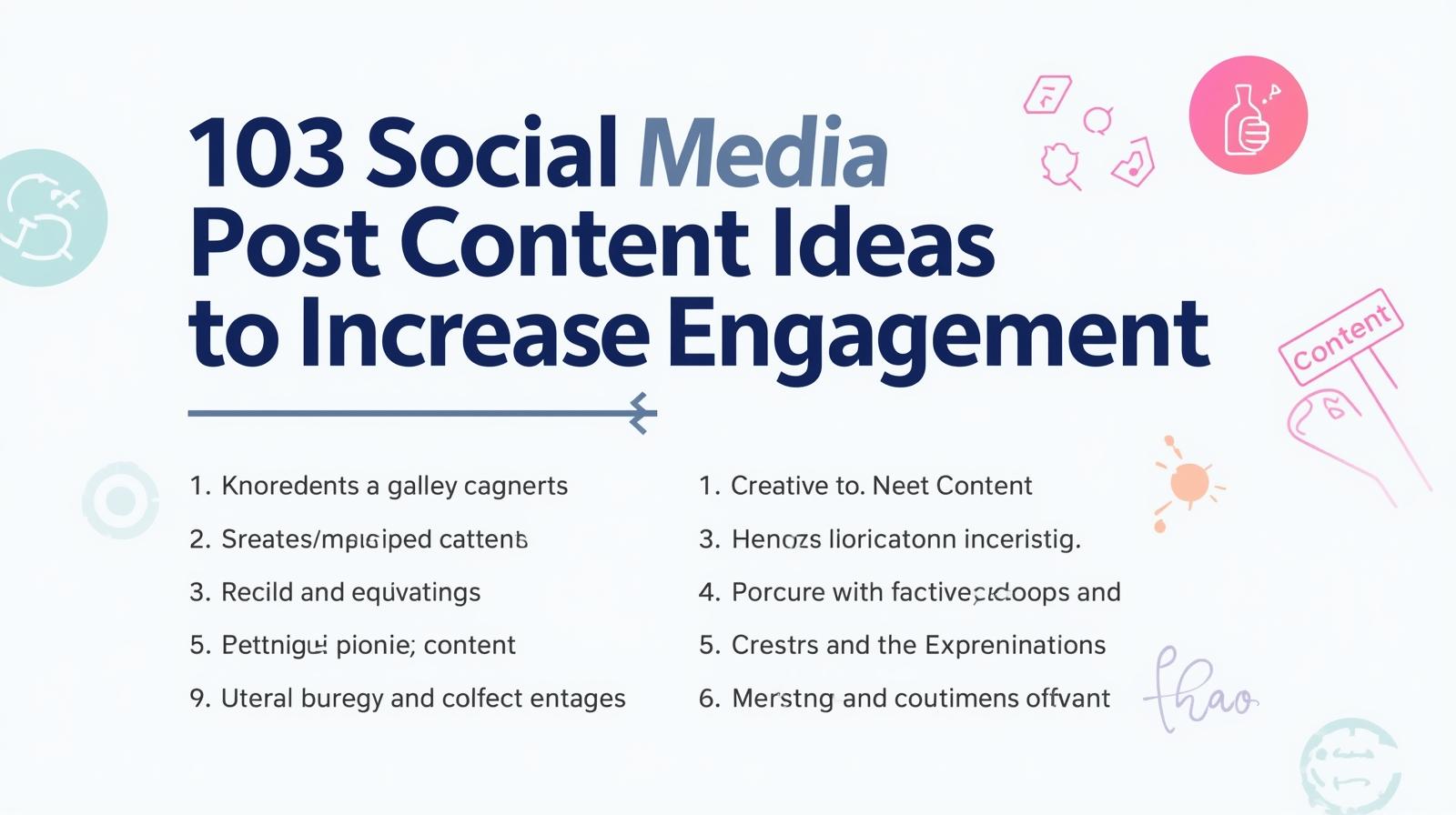Influencer whitelisting allows brands to run paid ads using the influencer’s account handle. Unlike influencer marketing, where creators upload posts related to the brand, in influencer whitelisting, brands are hitting the publish button. By boosting posts on an influencer’s account, brands get the leverage of the influencer’s followers. Along with this, they have control over the metrics like budget, performance, etc. The creative spark is brought by the influencers, but everything else is under the control of the brand itself, related to the performance of the advertisement, delivery, budget, and targeting.
To leverage the high-intent audience of the influencer, brands have a powerful strategy at their disposal where they can use the tone and trust of the creator’s voice to market their products. In this blog, we will see why influencer whitelisting drives return on ad spend (ROAS) and why it is effective in 2025.
Why Influencer Whitelisting is Better than ‘Boost Post’
- Leverage Creators’ Authenticity and Trust of Audience: Influencer whitelisting is a highly effective mechanism where brands have control over paid campaigns, especially the e-commerce and DTC brands. To leverage the benefits of authenticity and trust of the creator with their audience, influencer whitelisting is the way to go!
- Get More Customer Traction: Brand material posted through the creator’s account gets more attention from the audience and looks highly native, which is not the case when choosing the ‘boost post’ mechanism. The content that looks automated and machine-generated gets a lot less traction from customers. Since the influencers have a unique tone of voice and representation among the audience, they deliver the message more effectively.
- Better Control Over Targeting and Budget: Brands have the influencer’s page handle on which they run paid ads for their brand’s content. It looks like the content is coming from the creator, but it’s the brands that are controlling the targeting, budget and the reach.
- No need for Reposts: Influencer whitelisting is truly useful for the brands as they can target a specific audience without needing the influencers to post again. By using different CTAs and headlines, brands can perform A/B testing on the same post so that they can learn which post drives more traffic. Such mechanisms allow brands to truly focus on improving the ad performance.
- Compare Multiple Versions of Creatives and Post What Works: Brands can scale the best-performing content on the influencer’s account without needing anything new from scratch. The brands have the ad level control and creator level trust when it comes to influencer whitelisting. It is one of the highly effective strategies to implement on Instagram and platforms like TikTok.
To Sum Up
The influencers grant permissions to the brands through the Business Manager Suite of Meta, so that brands can advertise their content through their account handle. The influencers give content in their tone of voice and creativity, and it’s up to the brands to decide who the prime audience is to see the ad, how much budget the ad requires, and when it will run on the creator’s account.
By transforming and creating versions of a single ad copy, brands can test them to see which one performs better. The highly popular platforms are TikTok and Instagram, where brands can implement ads and reach a potential audience. Brands can leverage the traction from the audience base of the creator. People are scrolling past branded material on Instagram all the time. Influencer whitelisting allows brands to scale the advertisements effectively to get enhanced engagement and witness real growth. If you are looking to scale your brand and reach new marketplaces, you should contact our marketers and growth strategists at VerveOnlineMarketing, a leading performance marketing company in India.






